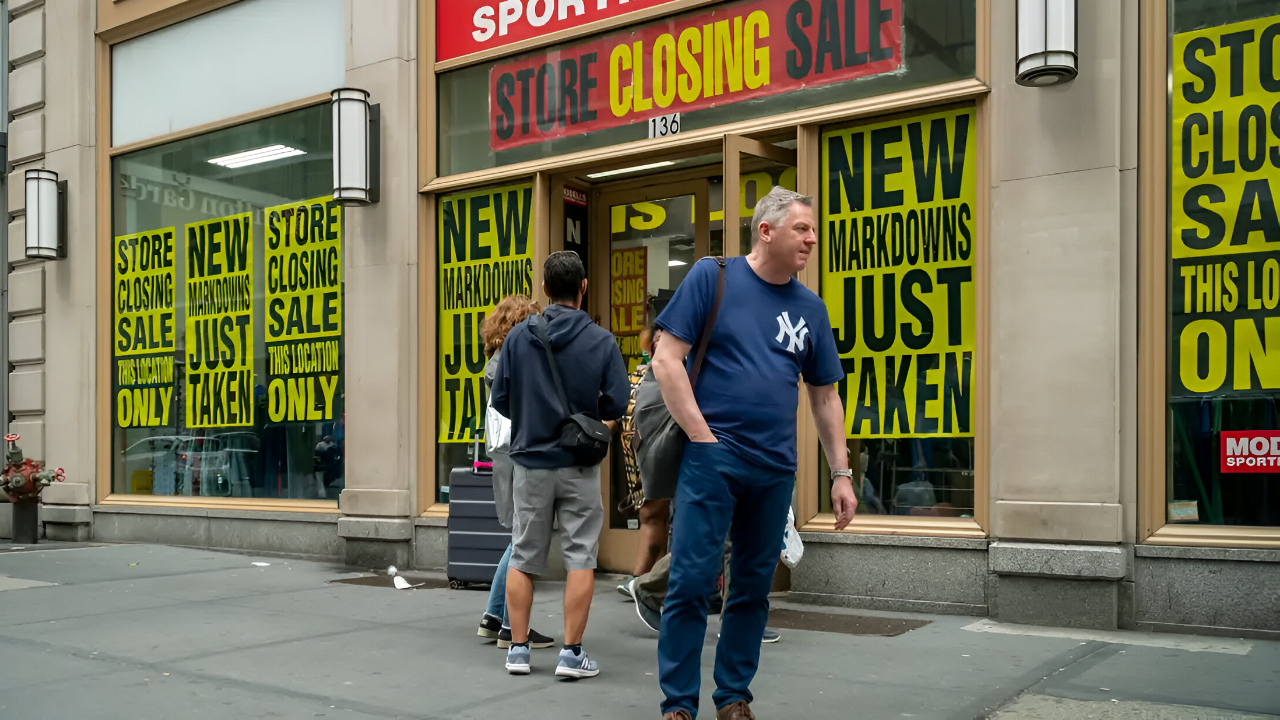
Founded in 1856 and based in Sunderland, Vermont, the Orvis Company is the oldest fishing brand in America, having operated continuously for 169 years. Orvis announced on October 18, 2025, that it was closing all 36 of its corporate retail locations, 31 stores and 5 outlets, citing the “unprecedented tariff landscape” brought on by the trade policies of the Trump administration as the primary reason.
This action jeopardizes the network of more than 550 domestic independent dealers who depend on Orvis’ supply, as well as more than 180 jobs. The closure represents the extraordinary demise of a long-standing American company that has been regarded as a symbol of tenacity and craftsmanship. This incident compels us to examine how tariffs, which are frequently defended as safeguarding American interests, can, ironically, destroy American heritage brands.
Historical Overview
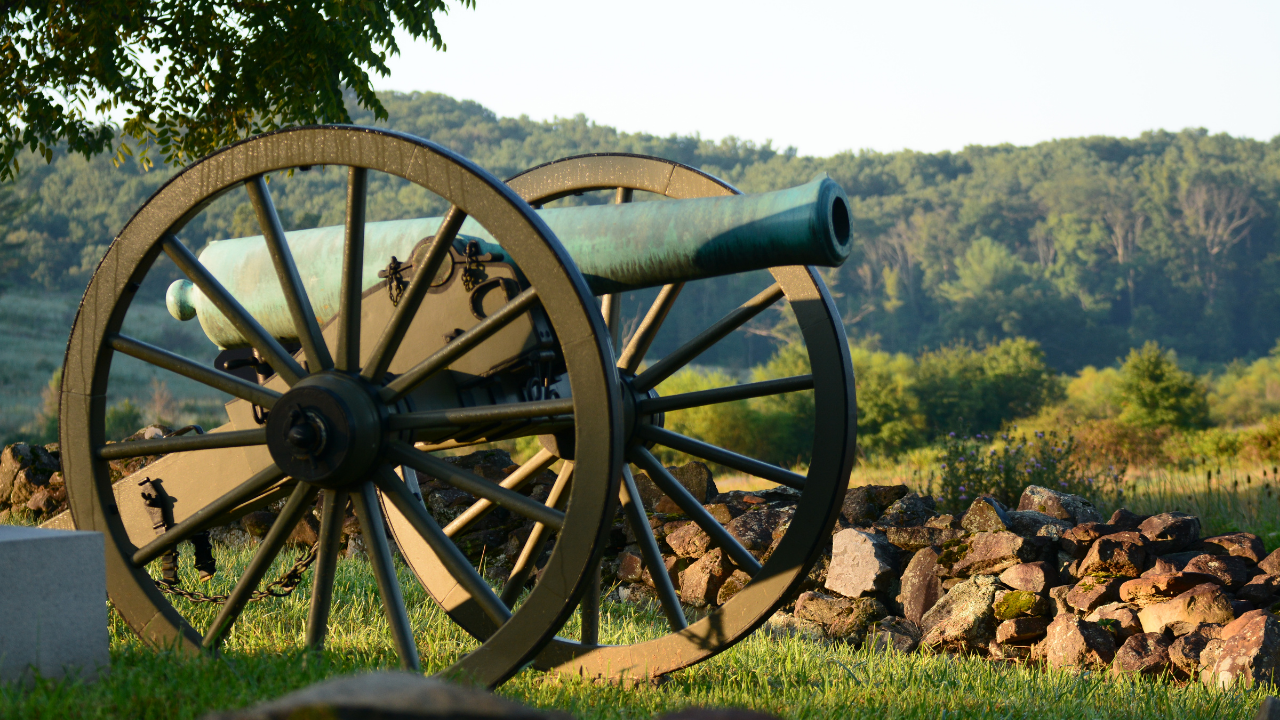
The American Civil War, World Wars I and II, the Great Depression, and the 2008 financial crisis were among the numerous existential threats that Orvis managed to withstand. Its 169-year longevity highlights its remarkable adaptability to shifting economic conditions. But unlike previous crises that were characterized by a decline in demand or a disruption in supply, tariffs that have been in place since the early 2020s have caused a direct and ongoing increase in prices, especially for imported fishing gear components that are crucial to Orvis.
This cost increase, which was estimated to be between 15 and 25 percent, caused financial strain that had never been experienced before. The paradox is clear: a business with three centuries of experience is overthrown by artificially inflated costs rather than by a failing market or changing consumer preferences.
Cost Structures and Tariff Policies

Sporting goods, including fishing equipment, were particularly affected by the Trump administration’s trade policy, which aimed to safeguard American manufacturing by imposing tariffs on imports. Since Orvis depended so heavily on foreign suppliers for essential components, direct tariff increases on imports were inevitable. Orvis was forced to increase retail prices or accept declining margins as a result of the imposed tariffs, which increased production costs.
Due to consumer price sensitivity and market competition, neither option was viable. Ironically, one of America’s most recognizable heritage brands was undermined by the “America First” tariff initiative, revealing the unintended consequences of protectionist policies on established manufacturers who rely on international supply chains.
Effect on Local Economies and Employment
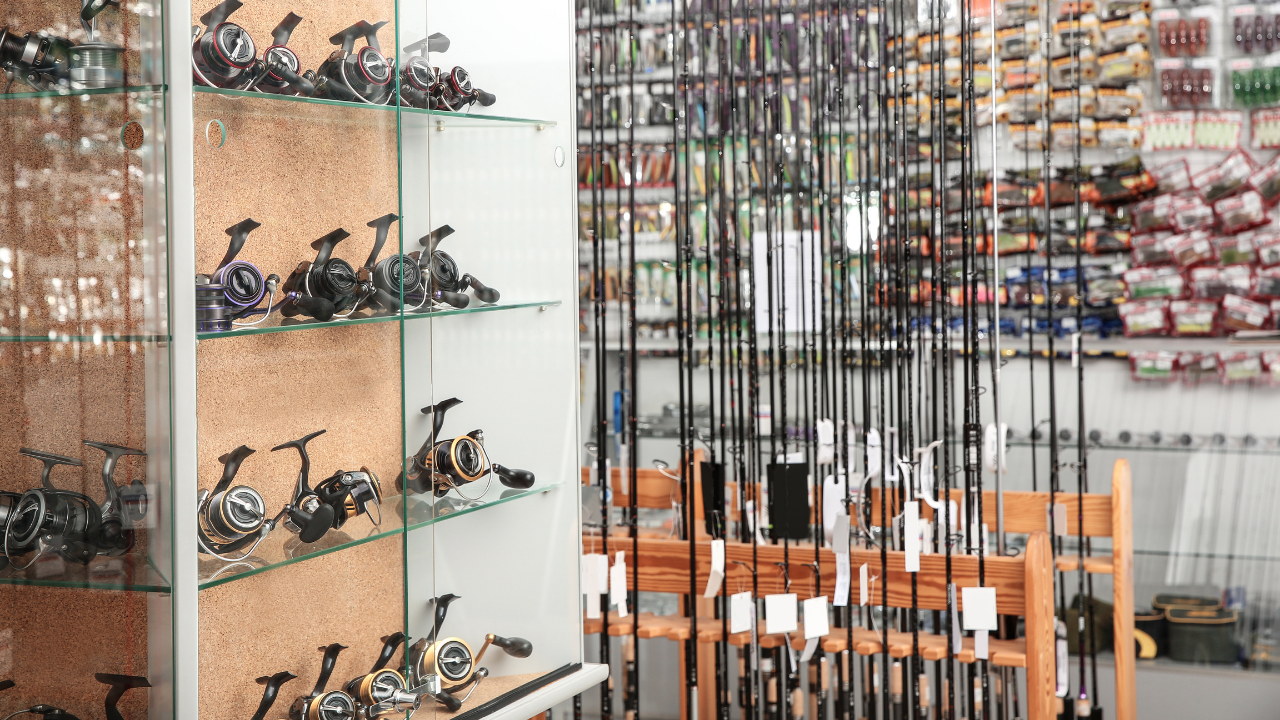
Assuming an average of 5 to 10 employees per store, the closure of 36 Orvis store locations threatens 180 to 360 jobs. In addition to directly reducing employment, the closure hurts local economies because, particularly in small towns, these establishments functioned as community and retail centers.
In well-known fishing areas, the impact extends to independent dealers, suppliers, and even tourists. This contraction serves as an example of a harsh economic reality: business closures brought on by tariffs can destroy local livelihoods and destroy economic ecosystems that have been painstakingly constructed over decades. They also reduce corporate footprints.
The Network of Independent Dealers at Risk
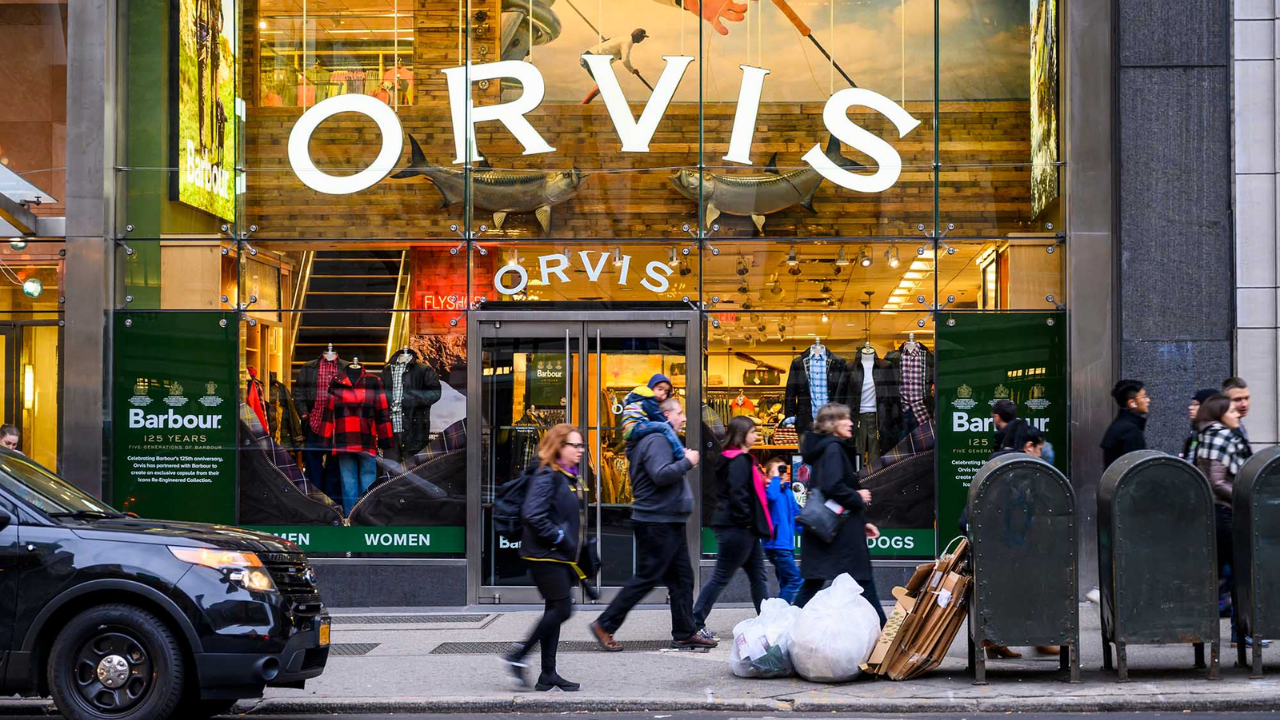
Orvis distributes its products all over the country through a strong domestic network of more than 550 independent dealers. Even though independent dealers still exist, Orvis’ corporate contraction has a direct impact on their supply.
Dealers are forced to raise retail prices or risk inventory losses due to higher wholesale costs and a decrease in product diversity brought on by tariffs that raise manufacturing costs. The entire distribution model is weakened by this domino effect, which limits consumer choice and brand awareness at the local level and jeopardizes the survival of smaller retailers with ties to Orvis’ history.
Market Trends and Consumer Behavior
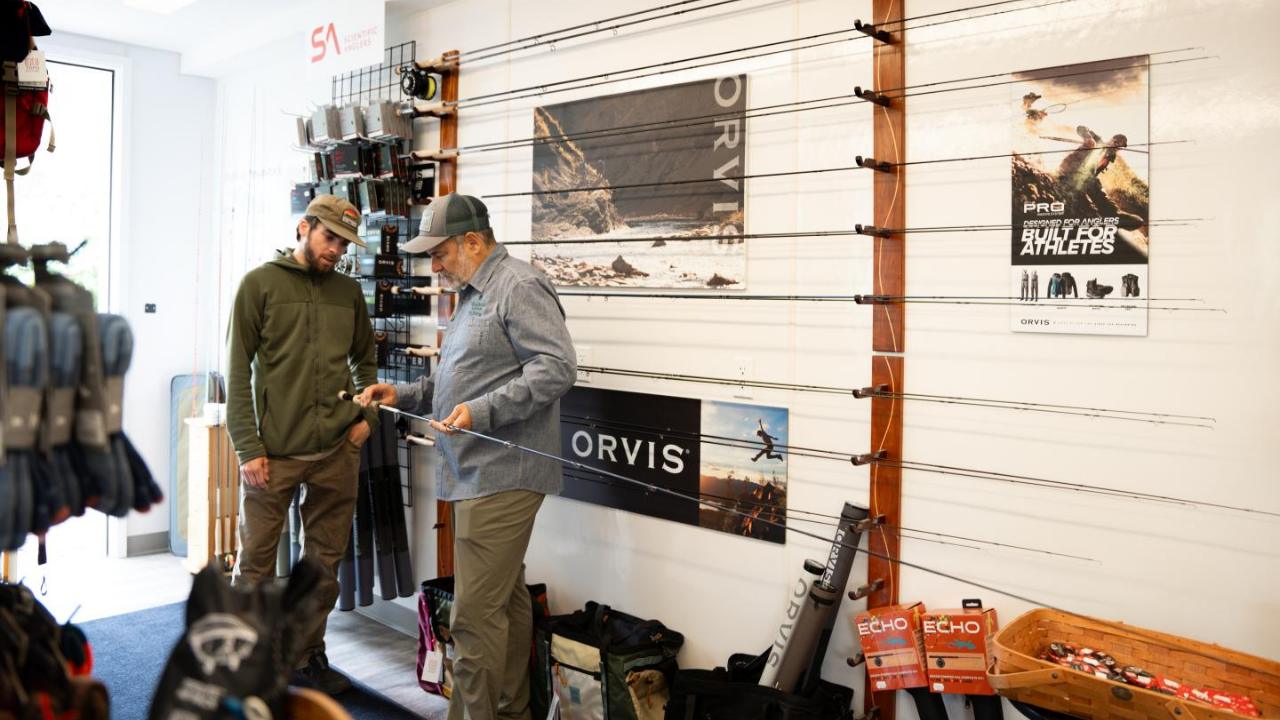
The demand for high-quality, reasonably priced outdoor and sporting goods is rising among modern consumers. In a market that is still recovering from economic changes brought on by the pandemic and where discretionary spending is strained, Orvis’ forced price increases as a result of tariffs clash.
Low-cost competitors that use domestic manufacturing or lower-cost supply chains have proliferated in the outdoor leisure sector. Therefore, in addition to raising Orvis’ cost base, tariffs put the company at a competitive disadvantage that has historically been dominated by its reputation for quality and tradition. This upsets the pricing equilibrium that is essential for maintaining customer loyalty.
Exposure of Structural Industry Vulnerabilities
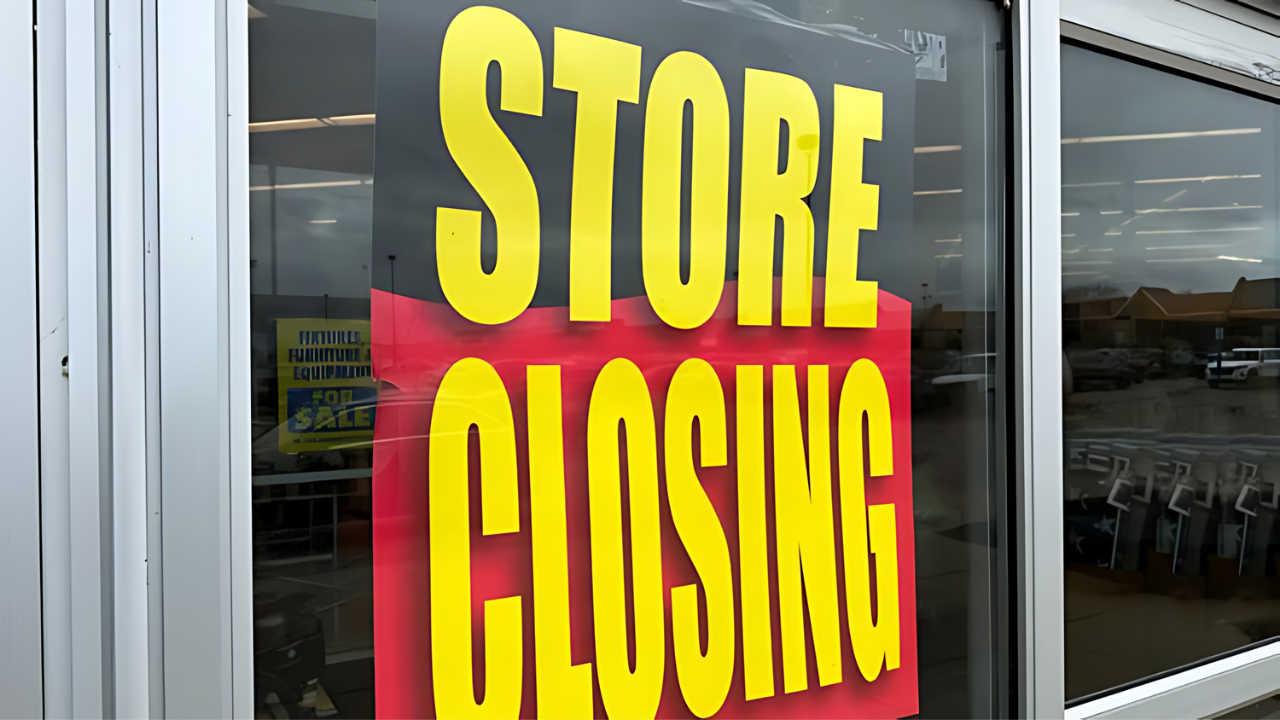
The demise of Orvis serves as an example of a wider weakness in US manufacturing that depends on international supply chains. Tariffs disproportionately harm industries with narrow margins and complex component sourcing, imposing a fixed cost increase regardless of firm efficiency or scale.
There is not much of a buffer against such shocks in the sporting goods industry, particularly in niche heritage brands. Orvis’ experience serves as an early warning indicator: when supply chain strategies lack domestic resilience or diversification, tariffs may erode entire sectors that have historically been thought to be robust, pushing many toward insolvency.
Promises of “America First” Are Incongruous
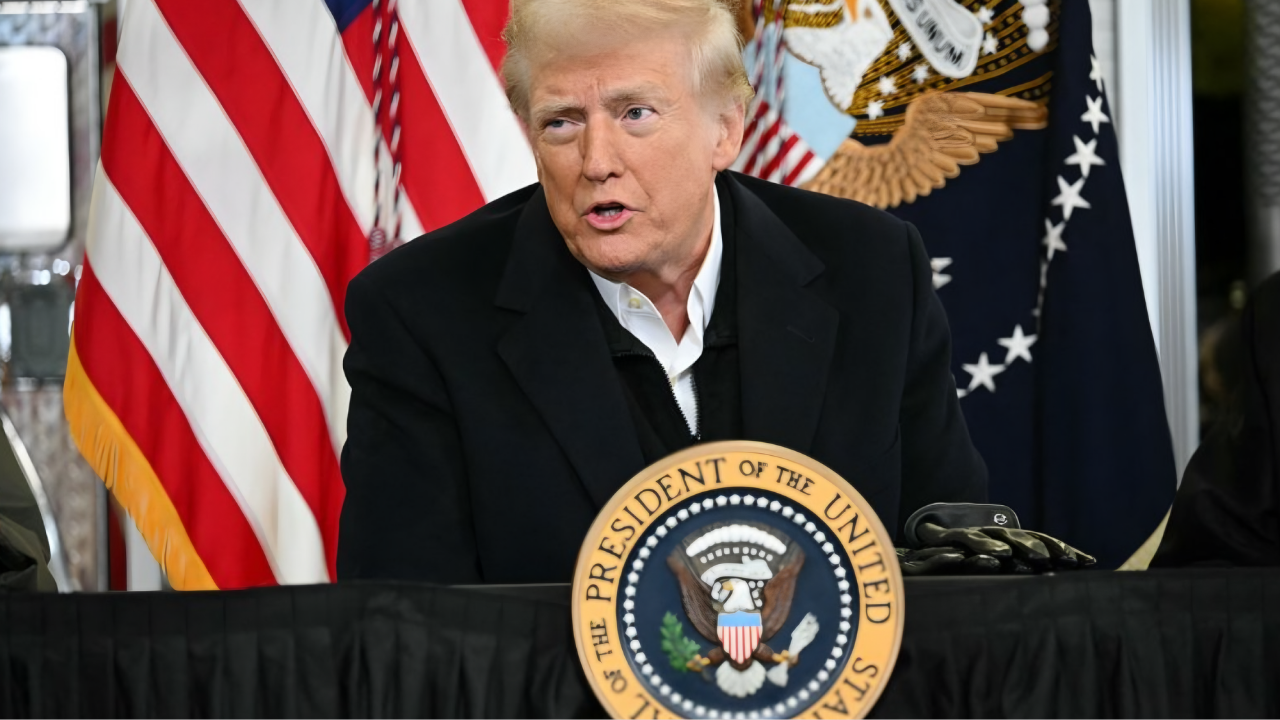
By penalizing imports, the Trump administration’s tariffs aimed to revive American industry and safeguard domestic jobs. However, Orvis, a distinctly American business that was established 65 years prior to the formation of the Republican Party, attributes its legacy to these tariffs.
A painful irony is revealed by this contradiction: protectionist measures meant to support domestic companies can undermine iconic American brands that are intricately woven into the socioeconomic fabric. It highlights the intricacy of economic nationalism in the context of globalized markets and refutes the claim that tariffs inevitably increase domestic employment.
Both Strategic Failures and Solutions
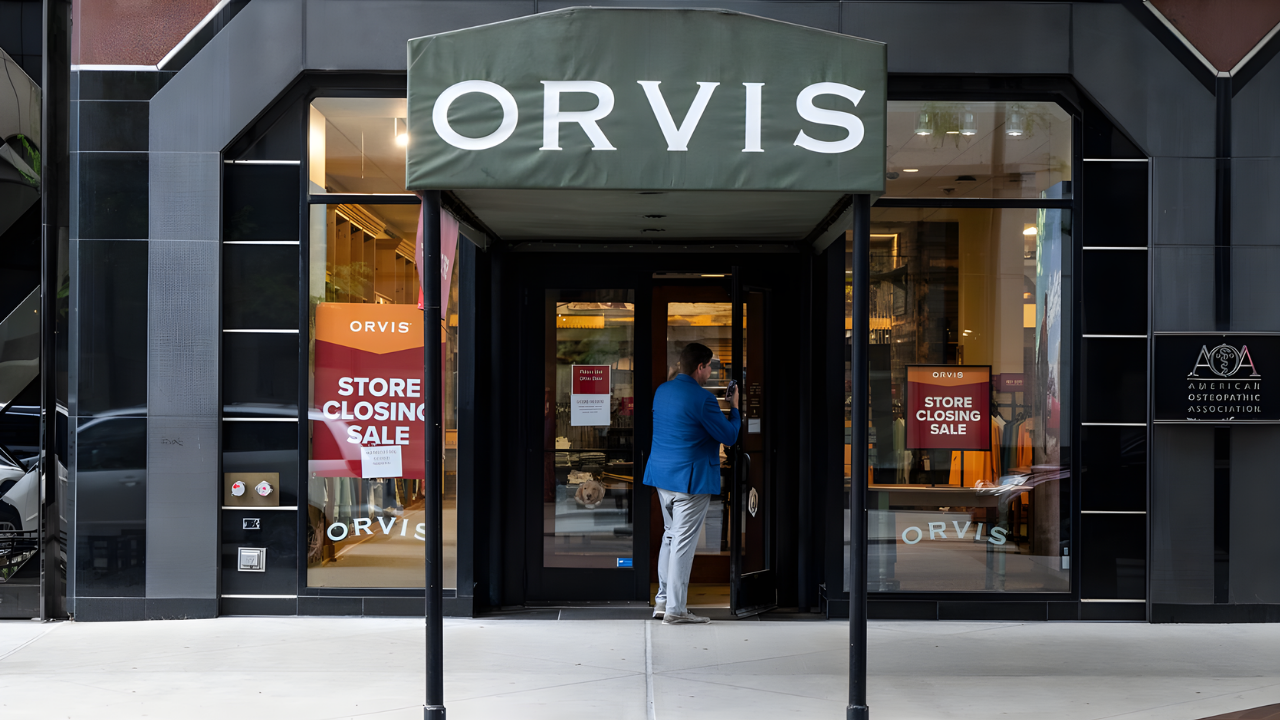
The failure of Orvis due to tariff pressure highlights strategic options that did not work. The business did not diversify its supply chains enough or move manufacturing domestically enough to reduce its exposure to tariffs.
Options like lobbying for exemptions or changing product lines to lessen reliance on imports were either too late or insufficient. This slow adaptation is a reflection of limitations that are not apparent until external shocks occur. It draws attention to the pressing need for heritage brands to balance tradition with contemporary economic realities while innovating supply chain resilience.
Comparative Analysis of the Effects of Tariffs
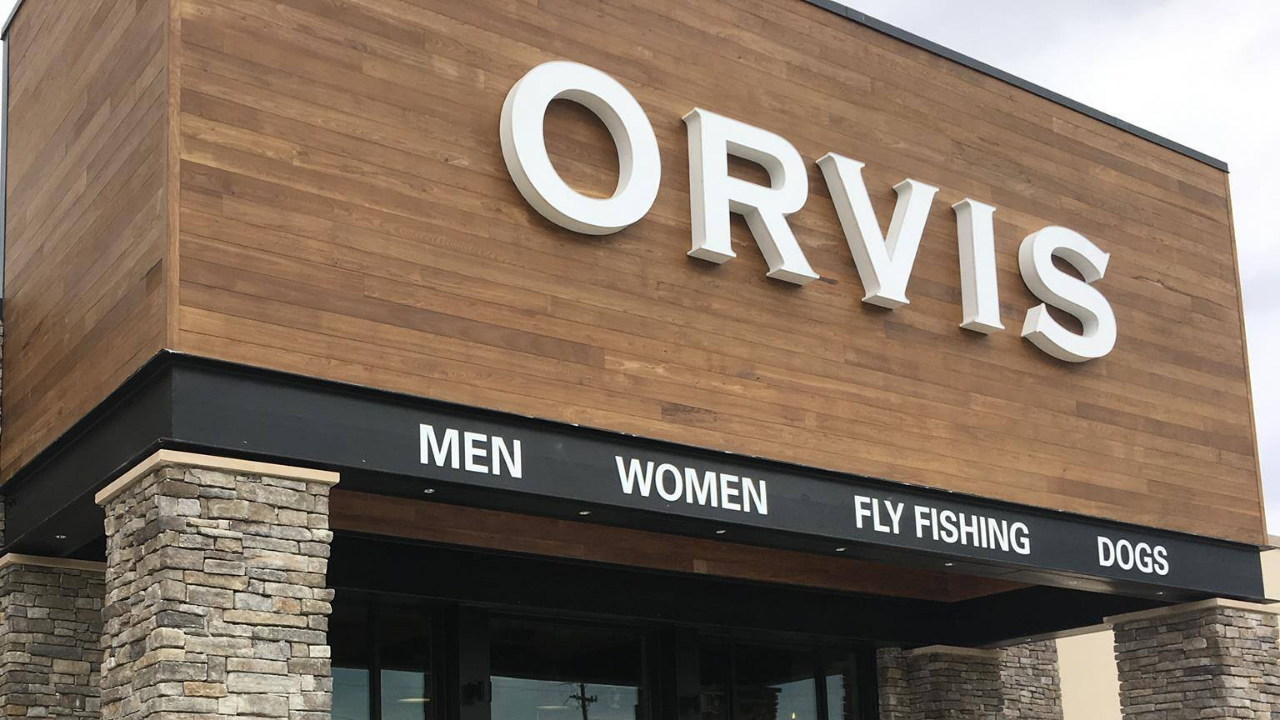
A pattern emerges when comparing Orvis to other heritage brands: closure risks were reduced by companies that had domestic manufacturing or diversified global sourcing. For instance, in order to partially avoid tariffs, Levi’s, which was founded in 1873, moved a significant portion of its manufacturing domestically.
To lessen tariff shock, Bass Pro Shops, another outdoor and fishing brand, has vertically integrated and taken control of supply chain segments overseas. Because of its significant reliance on imports without these safeguards, Orvis was particularly vulnerable, highlighting how important supply chain strategy is in an era of high tariffs.
Psychological Effects on Consumer Trust and Brand Loyalty
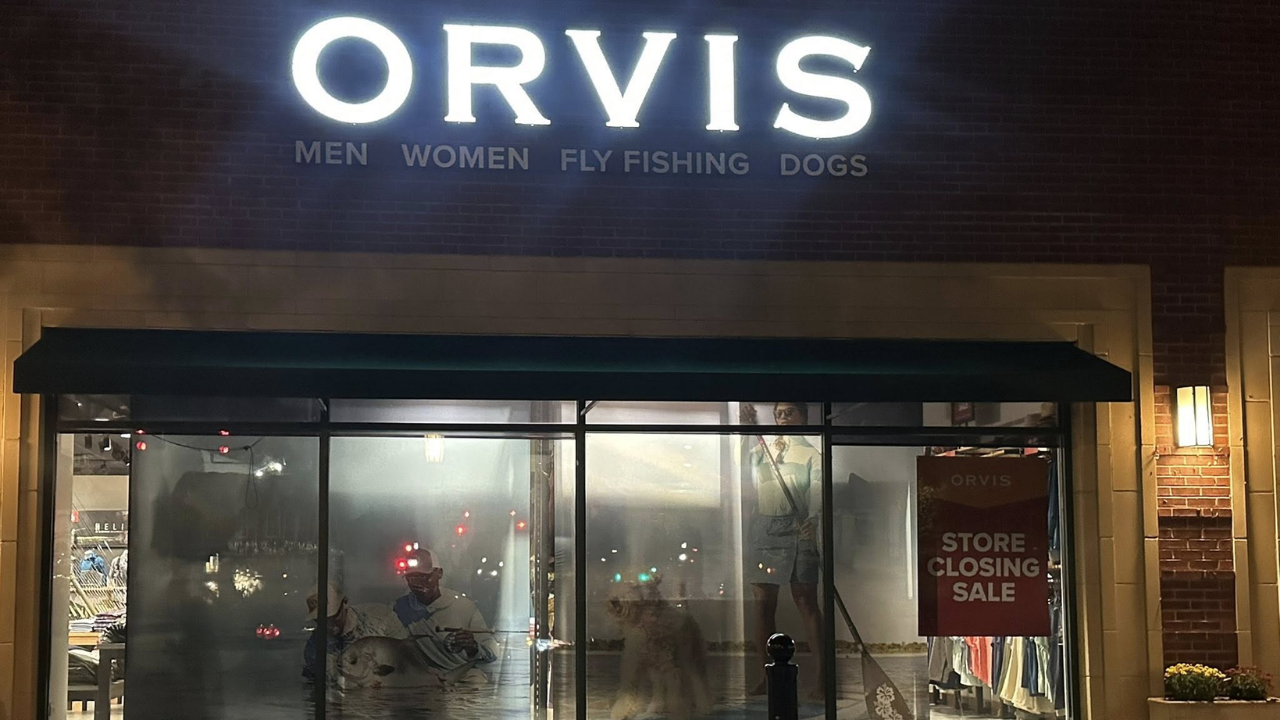
Consumers are deeply affected psychologically by Orvis’ collapse, which goes beyond economics. Throughout American history, this brand has stood for consistency and dependability. Customers’ faith in the enduring power of heritage brands is called into question by its sudden disappearance, which also raises existential concerns about the resilience of American craftsmanship.
Frequent claims that tariffs are protecting American businesses sound hollow when historic brands go out of business, eroding consumer trust and shifting consumer preferences away from perceived risky heritage investments and toward alternatives that are thought to be tariff-resilient.
Wider Social and Economic Consequences
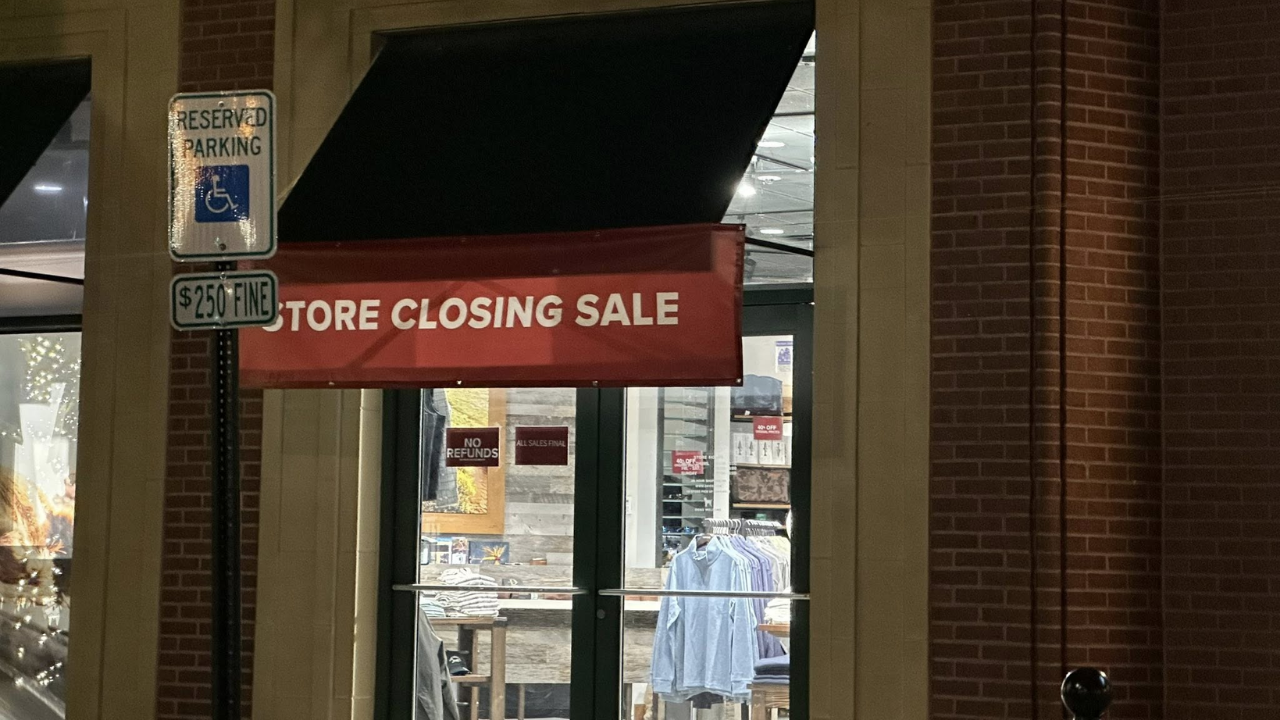
The closure of Orvis might portend a more widespread, wave-like corporate contraction brought on by tariffs, particularly among mid-size traditional manufacturers. These waves weaken regional economies, reduce industrial diversity, and concentrate market power in large corporations that are better equipped to withstand tariff shocks. Long-term, this concentration hinders innovation and competition.
A destabilizing effect that is rarely captured by purely economic analyses of tariff impacts is the social erosion caused by the loss of brands historically associated with American identity, which lowers community and employee morale.
The Trade War Hypothesis Induced by Tariffs

One theoretical but pertinent viewpoint is that tariff increases cause trade partners to take retaliatory action, which further restricts market access for products made in the United States. Despite being mostly domestic, Orvis probably profited from auxiliary trade connections that were maintained by international reciprocity.
Therefore, tariffs may set off a domino effect of reduced export prospects and disjointed supply chains, exacerbating losses even for companies that do not export directly to other countries. Despite being hotly contested, this systemic feedback may intensify economic pressures that are not readily apparent in headline tariff costs.
The Stakeholder Legacy and the Need for Policy Reevaluation

Orvis is a living reminder of American economic history, not just a fishing brand. Its extinction threatens not just employment but also industrial diversity and consumer heritage. A crucial challenge for policymakers is to balance trade policy with the preservation of iconic American businesses.
To stop more heritage brand casualties and systemic economic harm, tariff strategies must be immediately reevaluated. This includes adjusting them with strategic exemptions, incentives for the transition to domestic supplies, and thorough stakeholder consultation.
A Cautionary Tale for Heritage Brands in America
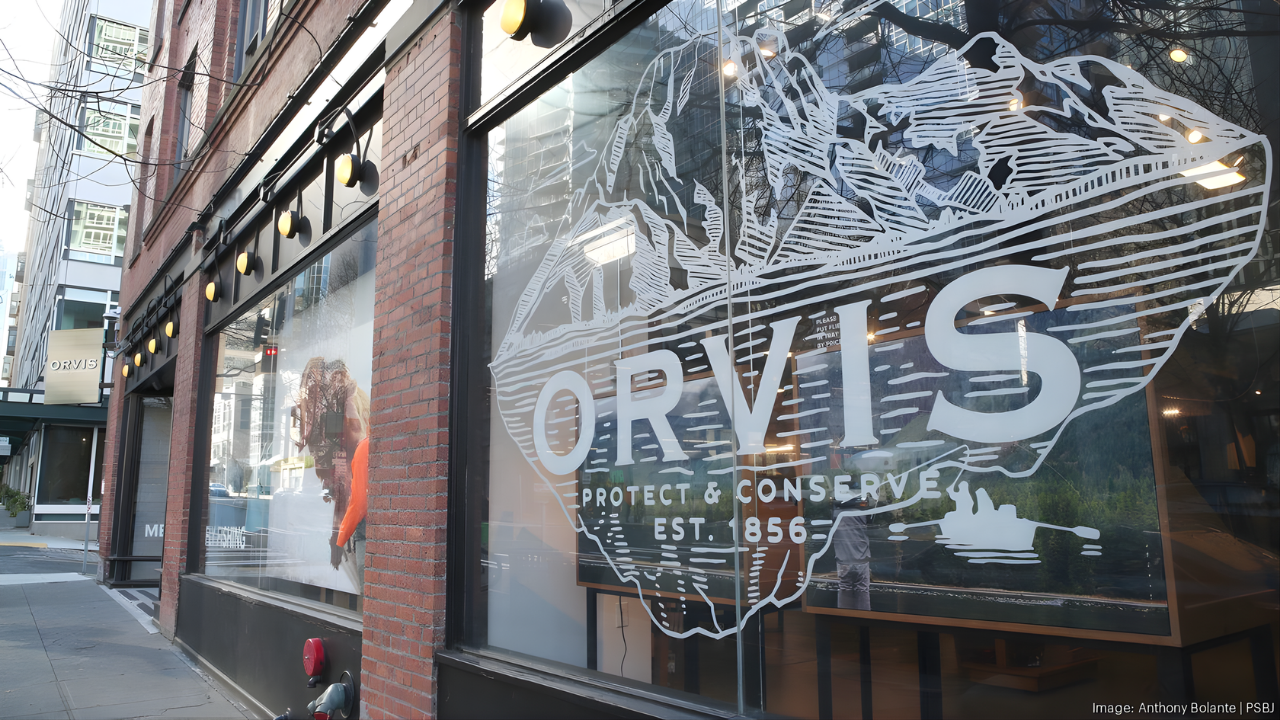
The demise of Orvis, a 169-year-old American fishing legend, highlights a harsh reality: tariffs can destroy even the most resilient heritage businesses, regardless of their nationalist justification.
This collapse serves as a stark reminder to consumers, companies, and policymakers to reconsider the true costs of protectionism. It calls for creative supply chain tactics, immediate legislative changes, and a renewed focus on maintaining the industrial diversity that reflects America’s history. Learning the hard lessons from Orvis’ collapse is essential to ensuring that American craftsmanship endures before other important pillars fall.